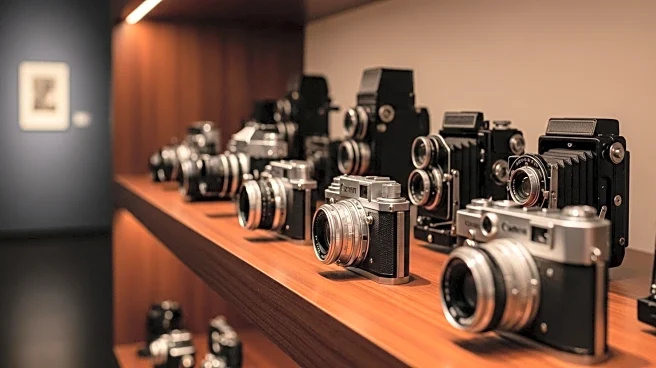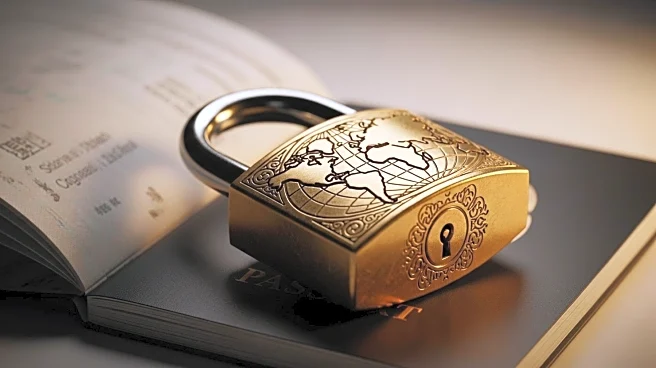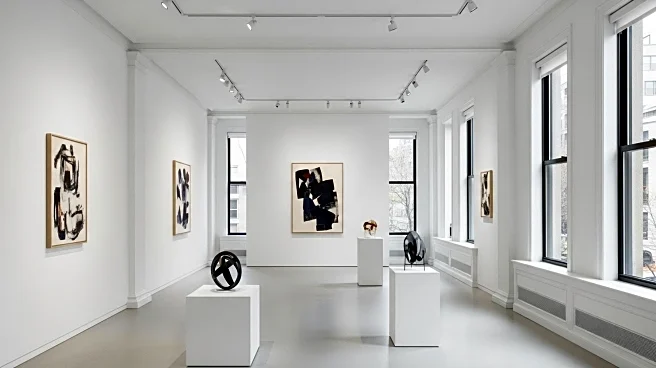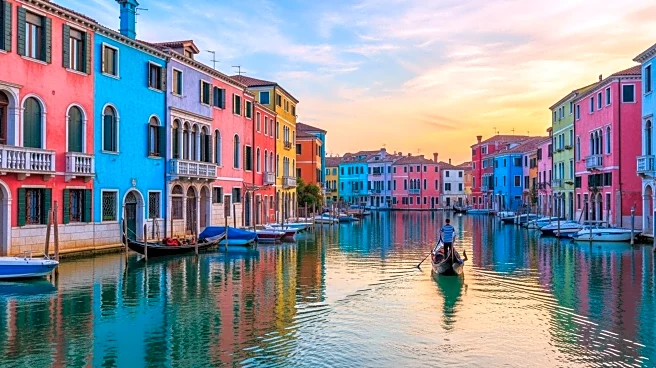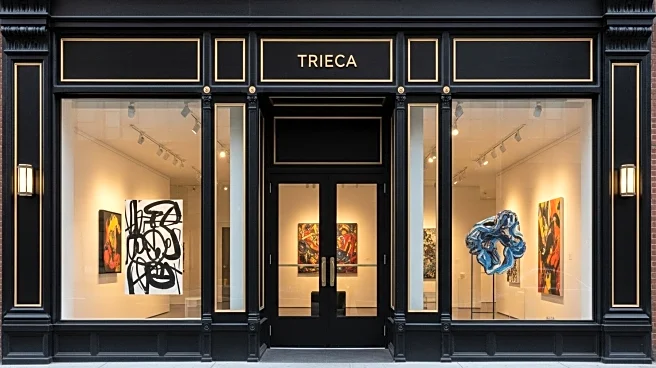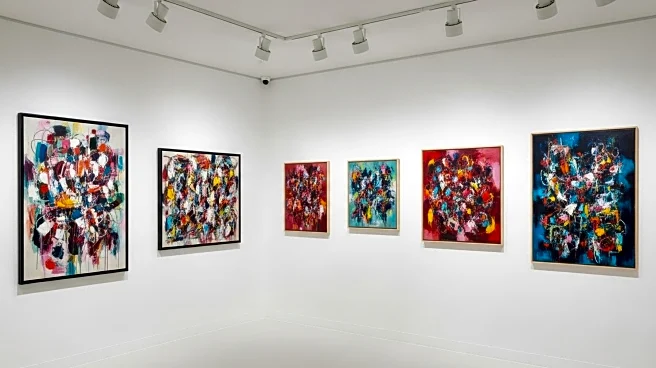What is the story about?
What's Happening?
The Brooklyn Museum is currently hosting an exhibition titled 'Seydou Keïta: A Tactile Lens,' showcasing the works of Seydou Keïta, known as the father of African photography. The exhibition features over 200 photographs, including negatives and vintage prints, along with clothing, jewelry, and textiles. Keïta's work, which spans from 1948 to 1963, captures the transformation of Mali from a rural to urban society and from colonial to postcolonial times. His portraits are celebrated for their elegance and modernity, reflecting the self-fashioning of his subjects during a period of significant change.
Why It's Important?
Seydou Keïta's photography provides a unique historical record of African life during a pivotal era. His work is significant not only for its artistic merit but also for its cultural and historical value, offering insights into the societal changes in Mali and Africa at large. The exhibition at the Brooklyn Museum highlights the importance of self-representation and identity in photography, contributing to a broader understanding of African art and its global impact. Keïta's influence extends beyond photography, inspiring contemporary artists and photographers worldwide.
What's Next?
The exhibition will run until March 8, offering visitors an opportunity to explore Keïta's work and its cultural significance. The Brooklyn Museum may continue to host similar exhibitions that focus on African art and photography, fostering greater appreciation and understanding of diverse cultural expressions. The growing interest in Keïta's work could lead to more exhibitions and publications, further cementing his legacy in the art world.
Beyond the Headlines
Keïta's photography not only documents a historical period but also challenges perceptions of African identity and modernity. His portraits serve as a testament to the power of self-fashioning and the role of photography in shaping cultural narratives. The exhibition encourages viewers to consider the broader implications of representation and identity in art, prompting discussions on cultural heritage and its preservation.
AI Generated Content
Do you find this article useful?
